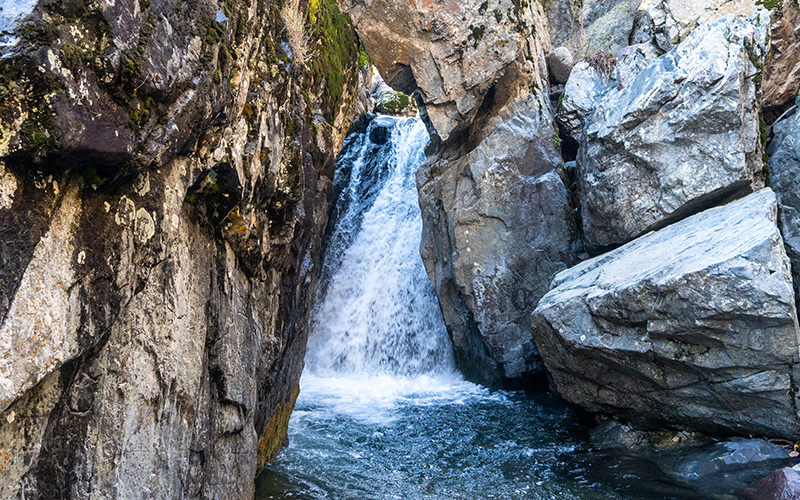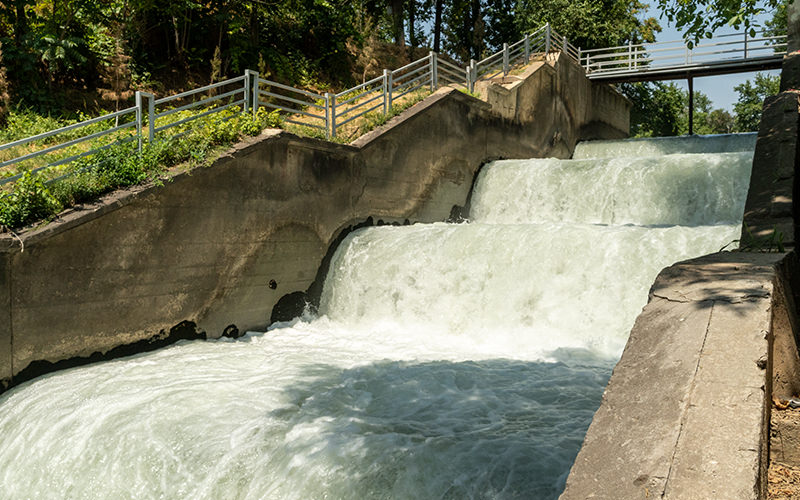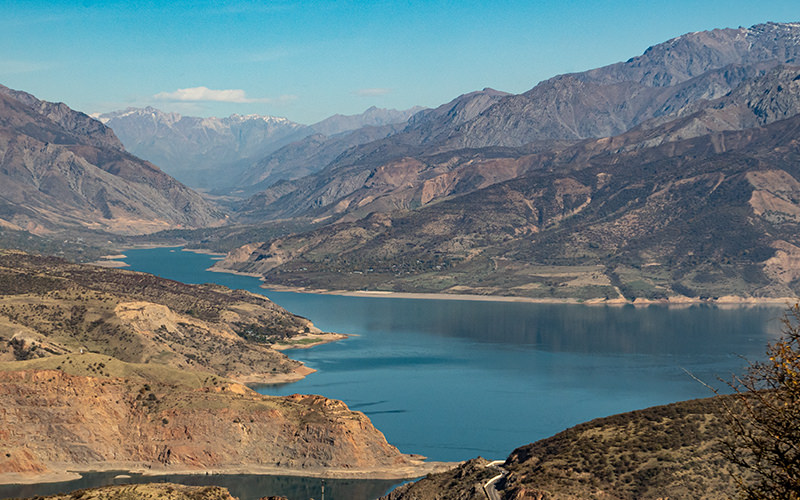Once, friends told me about their long-ago trip to Yangiabad, located in the Tashkent region. This settlement is often referred to as a ghost town and a place lost in time. Intrigued, I decided to visit this abandoned area on a warm autumn day.
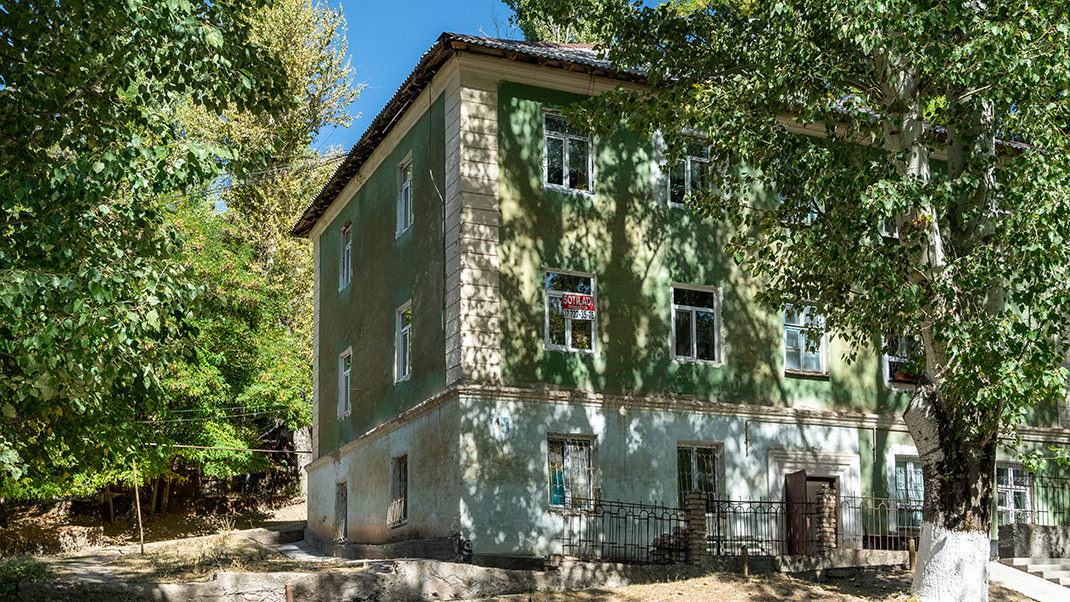
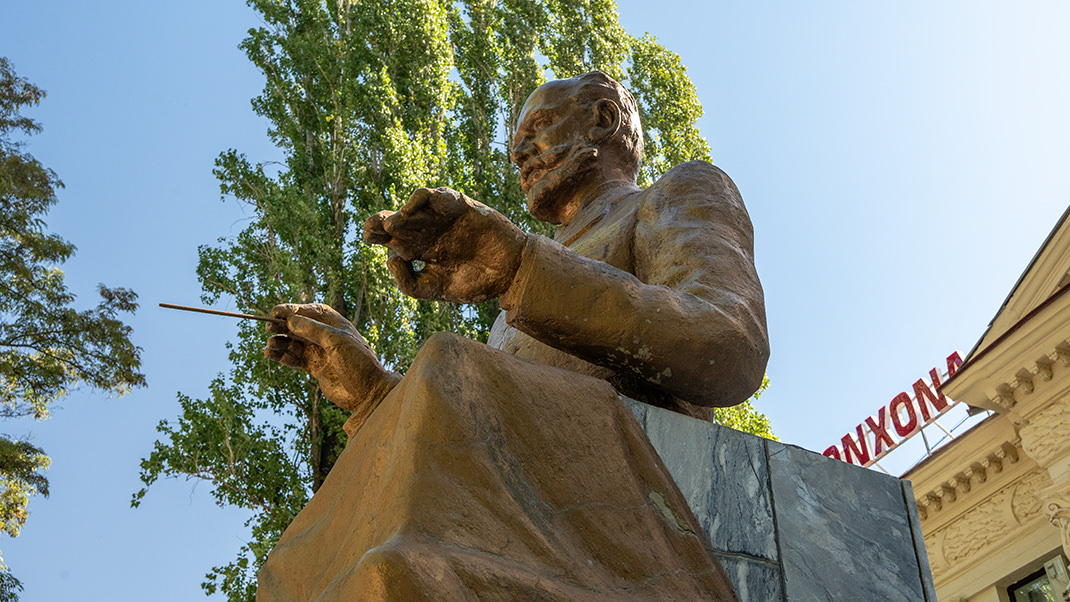
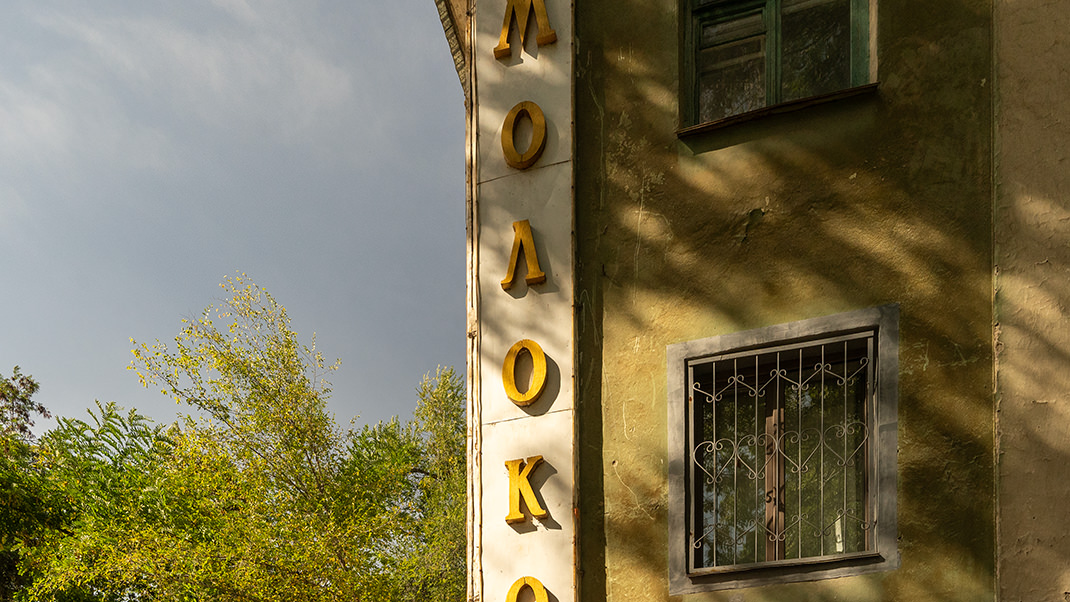
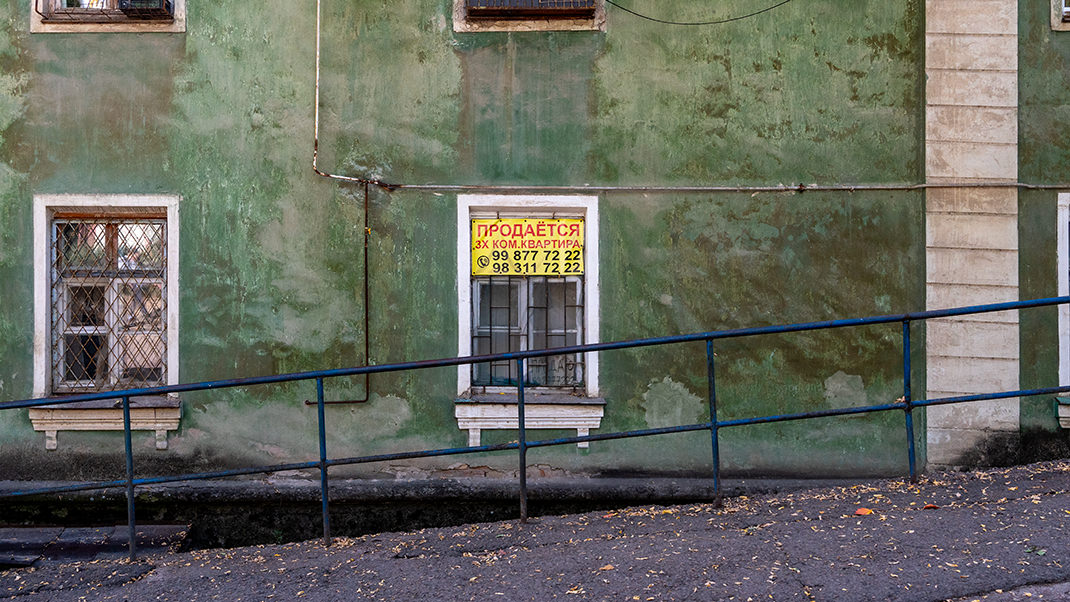
A Bit of History. Local media reports that Yangiabad's development began in the 1940s and 50s, following the discovery of large uranium deposits. For a long time, it was a closed mining town, accessible only with passes. It was also mentioned that the town was supported by Moscow, and there was no shortage of goods.
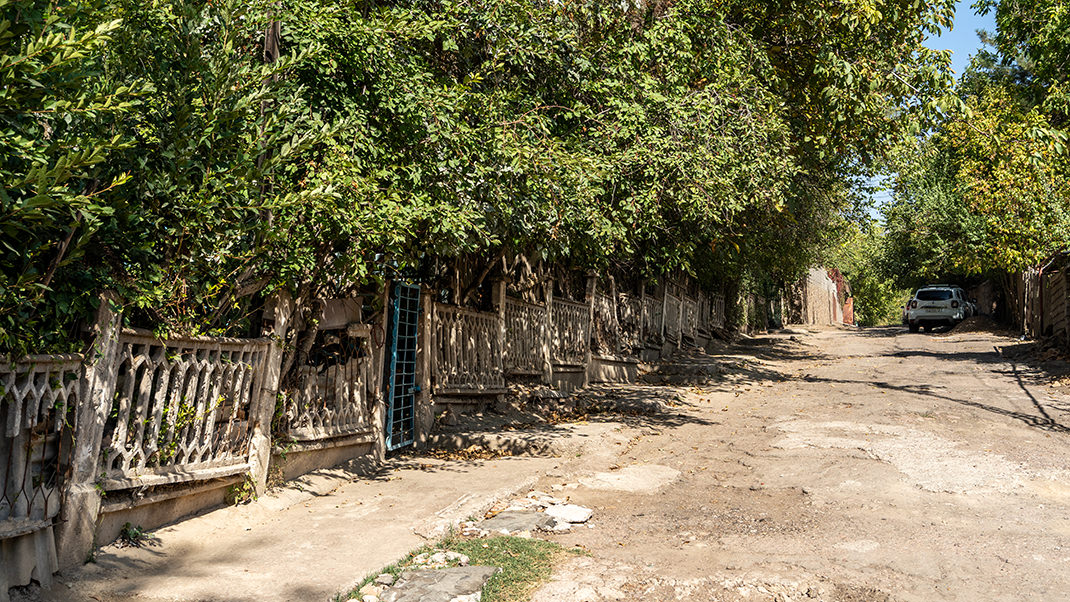
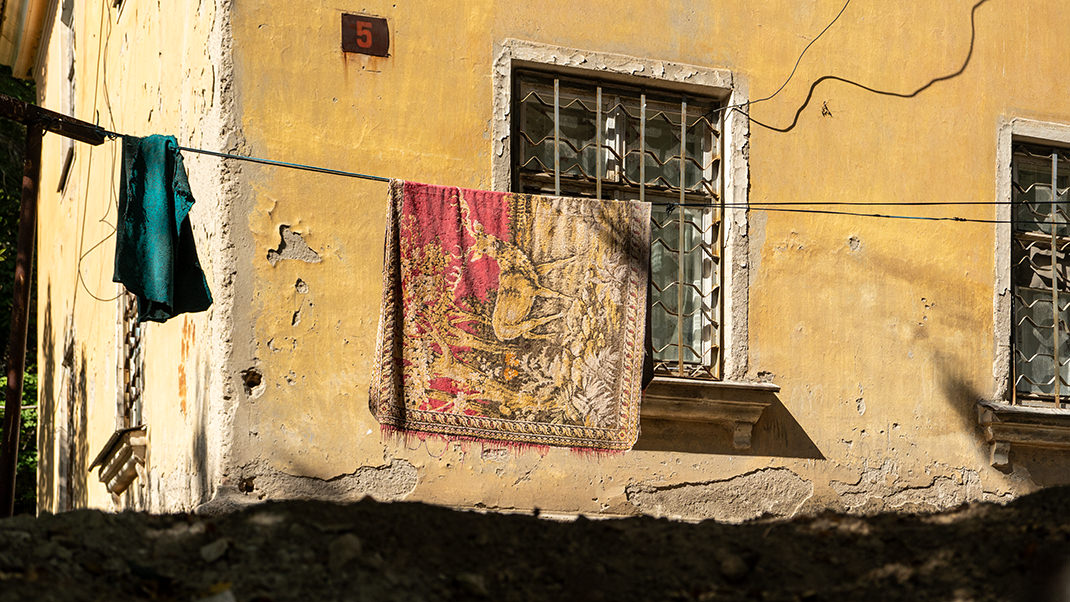
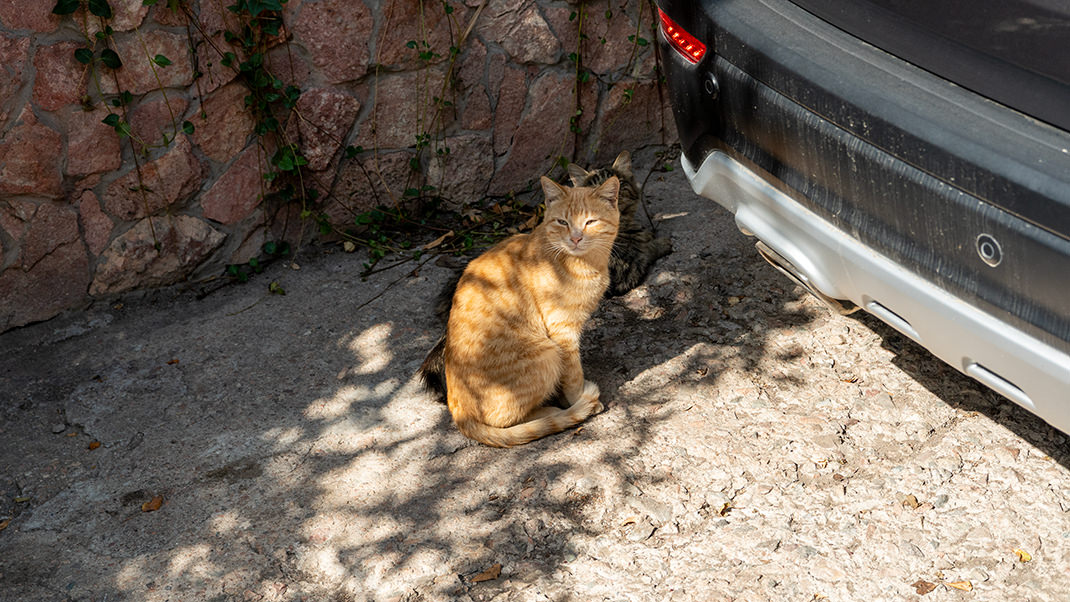
By the mid-1980s, the mines' efficiency declined, leading to their closure and preservation. By the beginning of the next decade, the town lost its strategic significance, and uranium mining ceased completely.
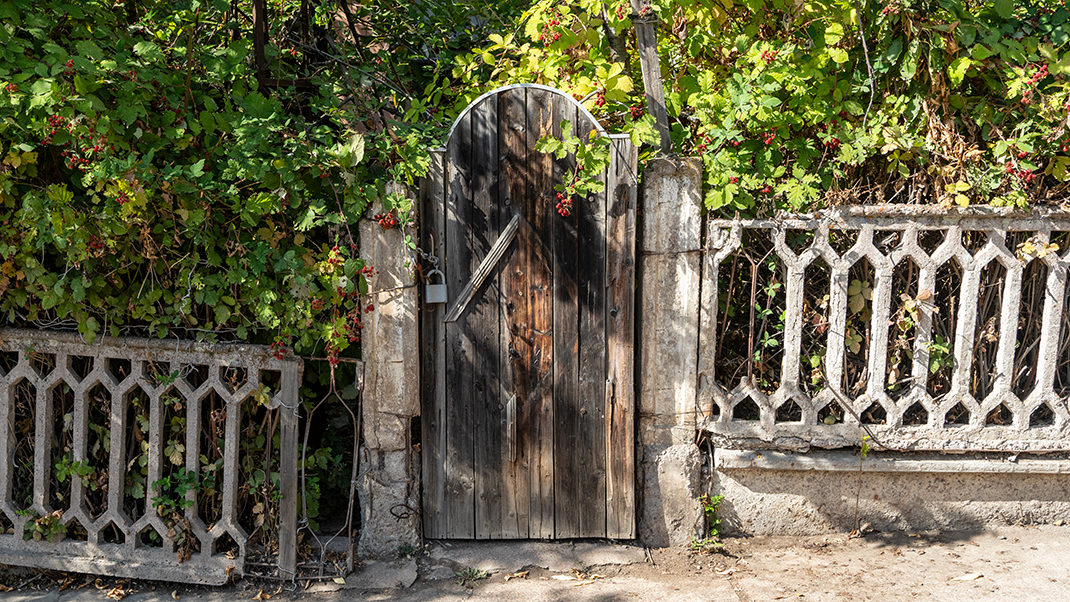
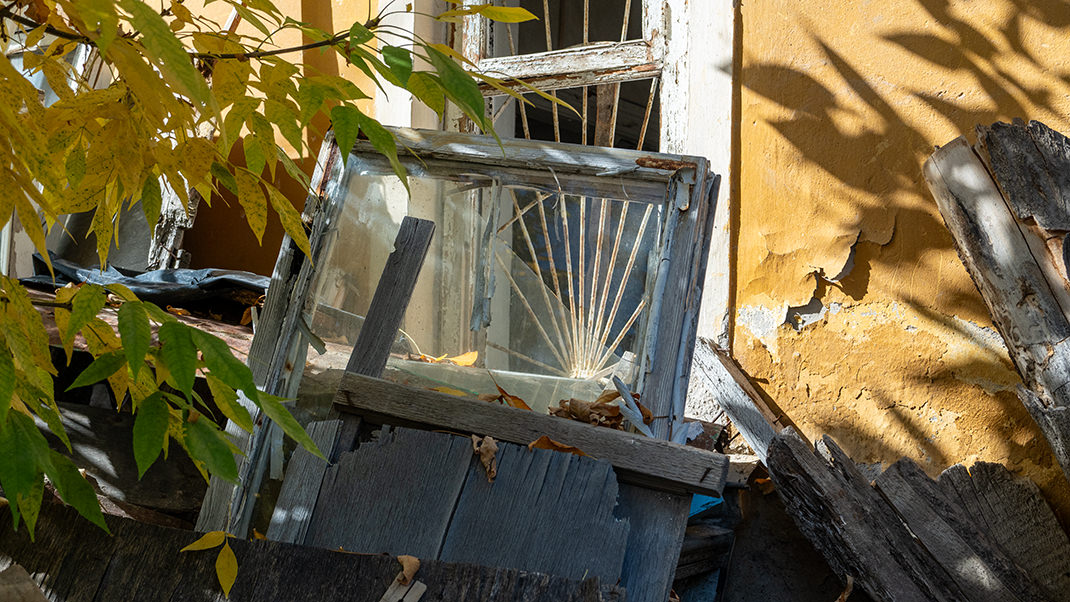
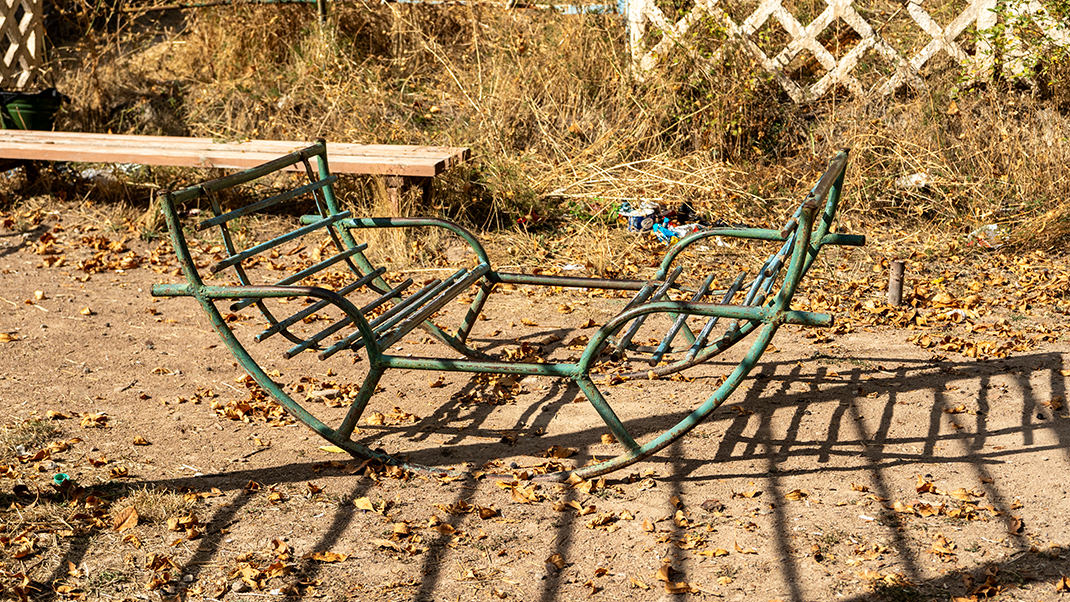
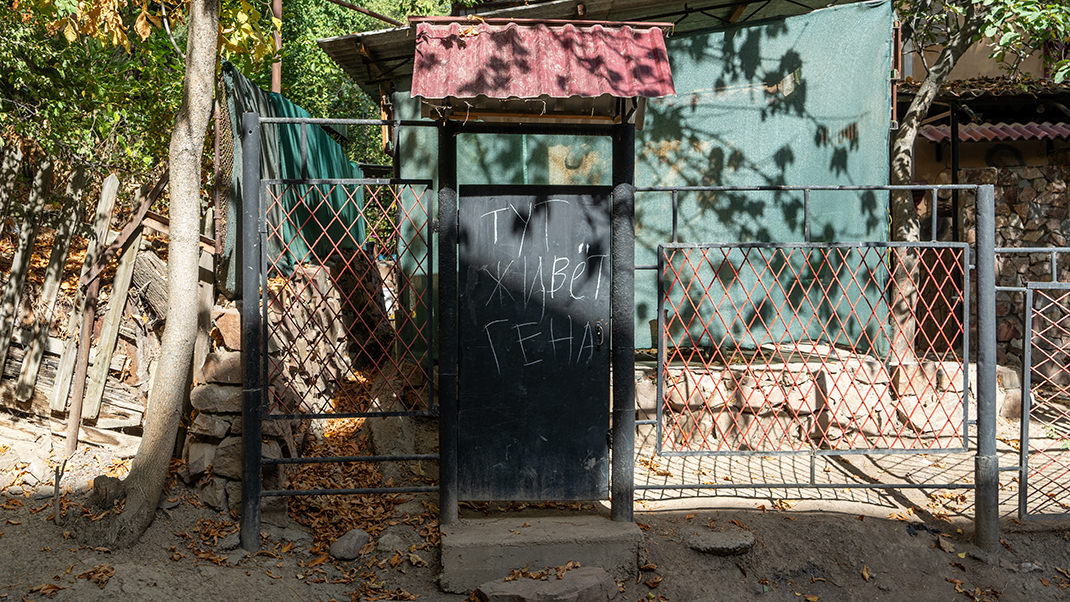
Walking in Yangiabad
As mentioned at the beginning of the article, the town is considered abandoned. However, I found it to be similar to other small, less wealthy towns. It can hardly be called deserted; we encountered a few dilapidated areas, and many signs announcing apartments for sale hung on windows, but there were no abandoned blocks. Children played in the streets, and there were shops, cafes, and even hotels in the central part of Yangiabad. Locals told me that the town had indeed fallen into decline in the 1990s, but recently the situation has changed dramatically: more and more plots in Yangiabad are being bought by residents from other cities attracted by the stunning views and the opportunity for mountain tourism.
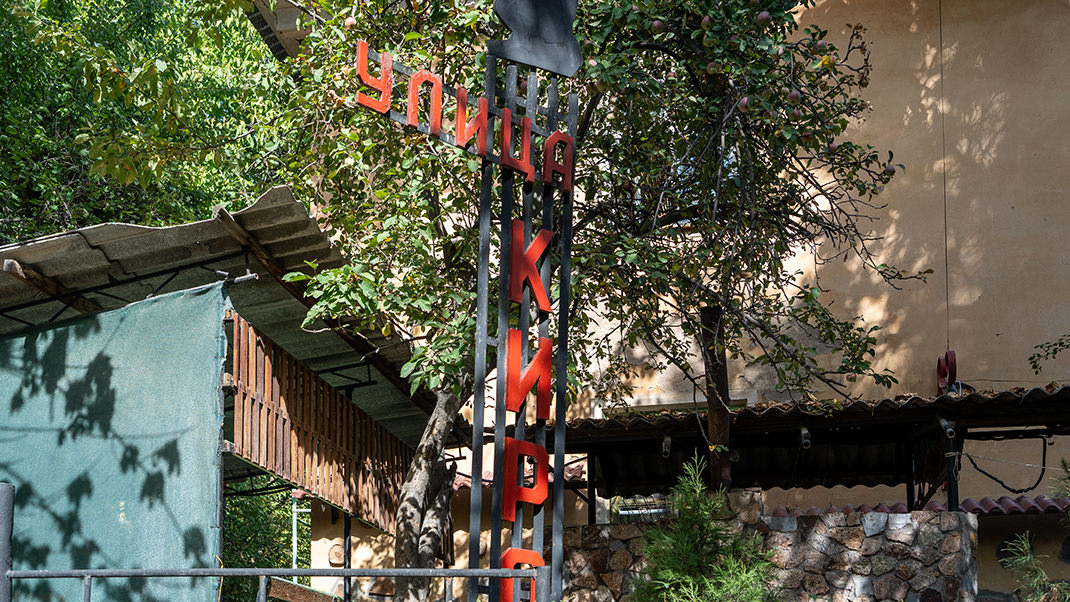
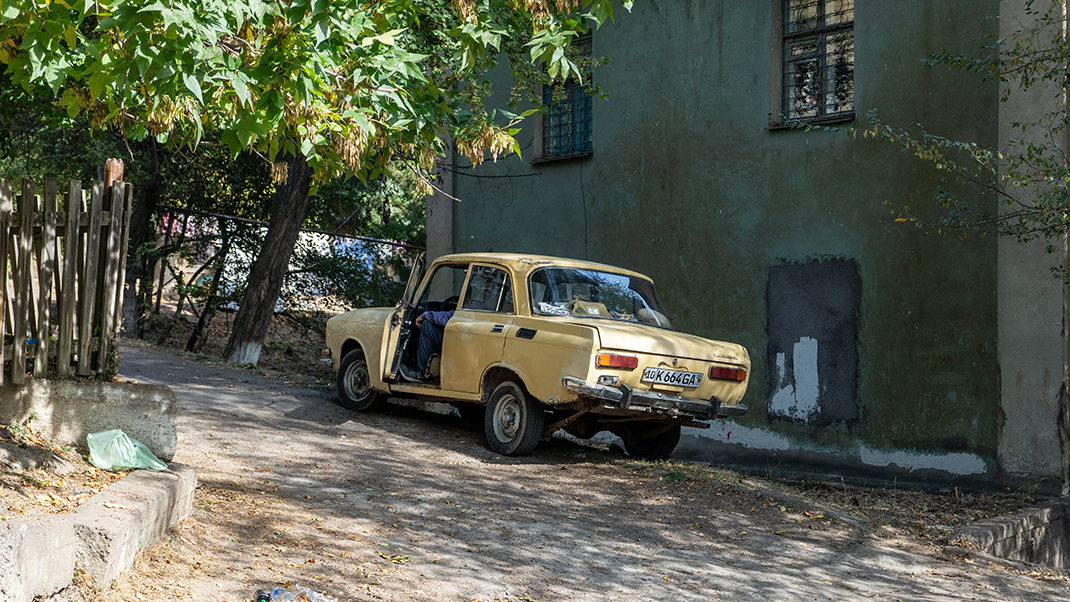
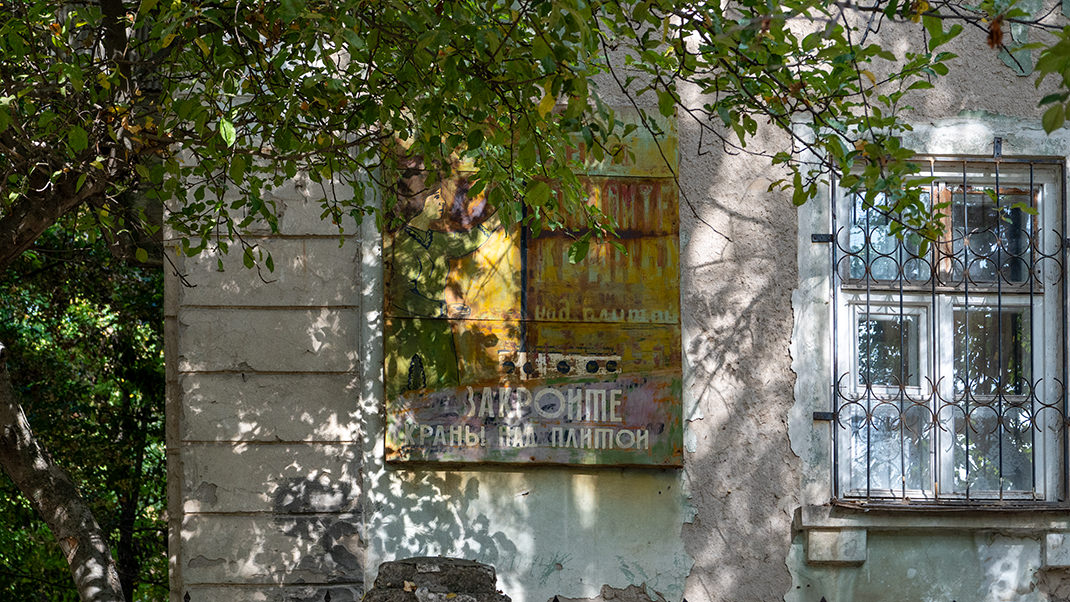
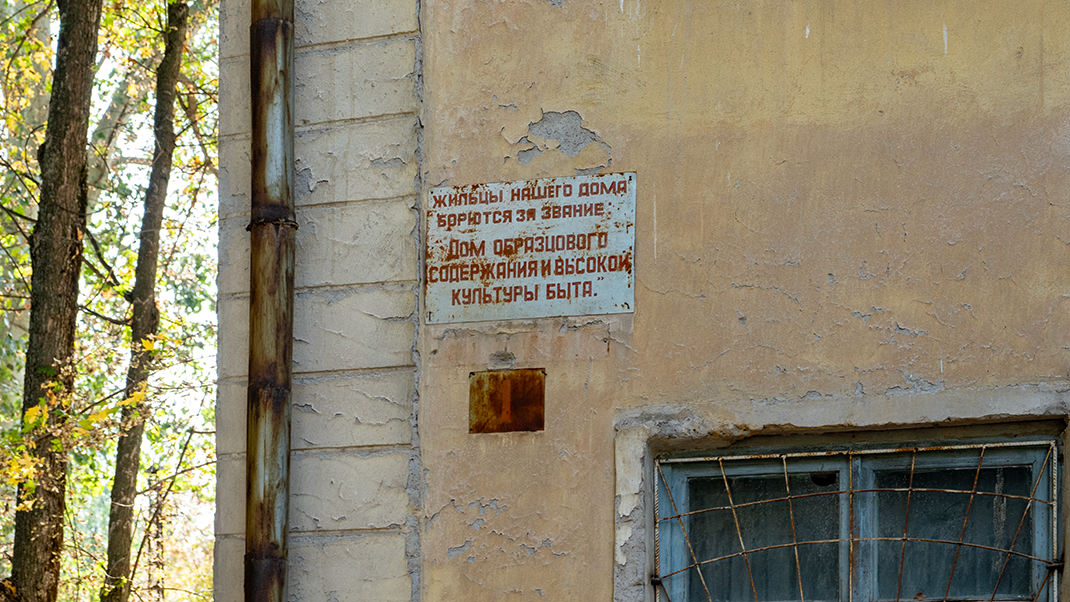
Residents say that Yangiabad was designed by German specialists, which explains why the town's buildings resemble Soviet or European architectural styles more than traditional Uzbek structures.
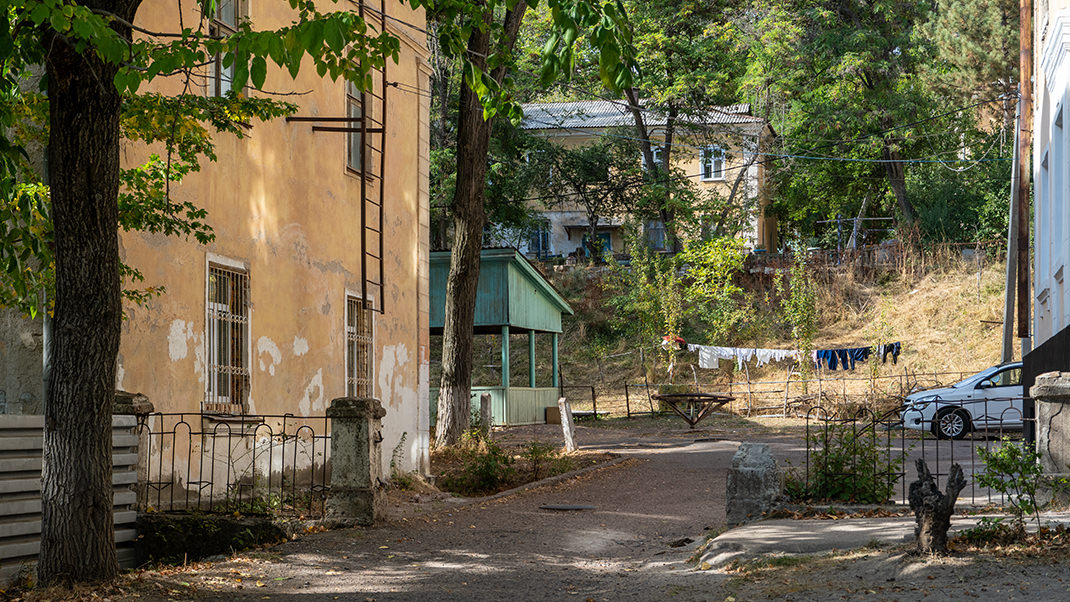
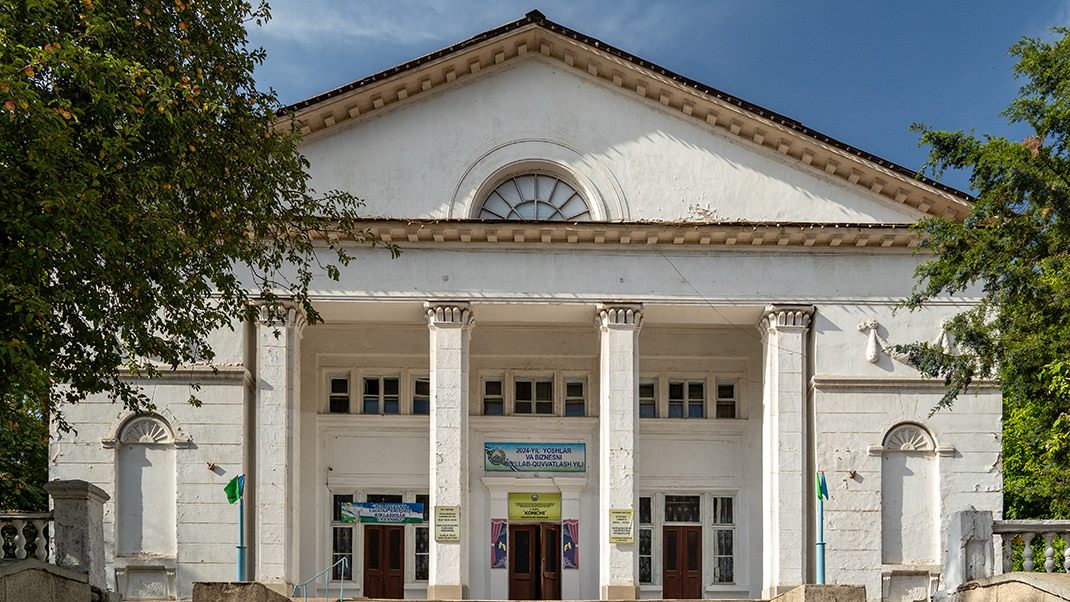
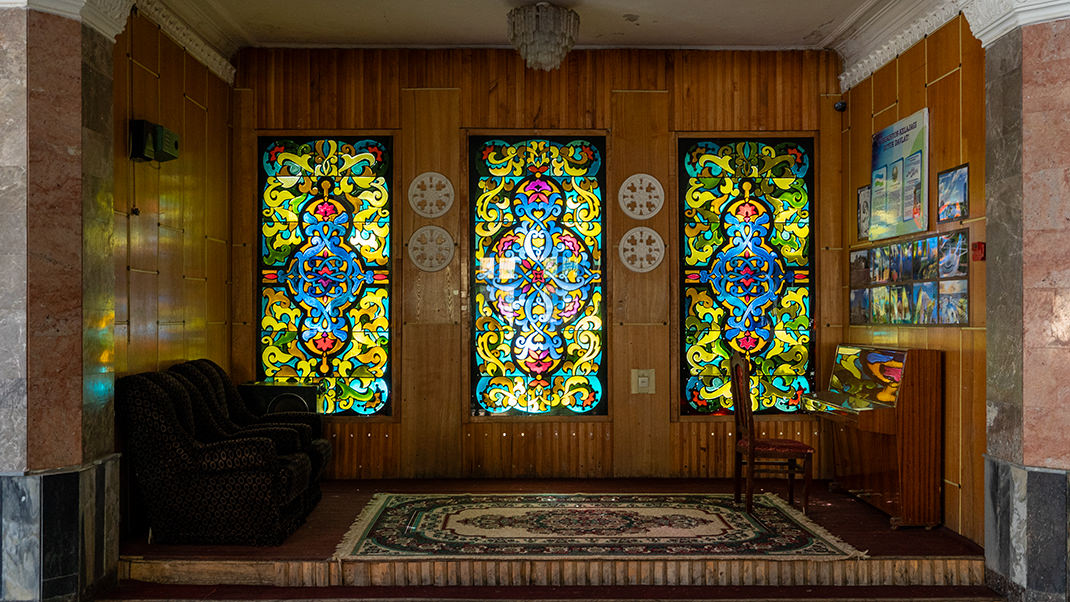
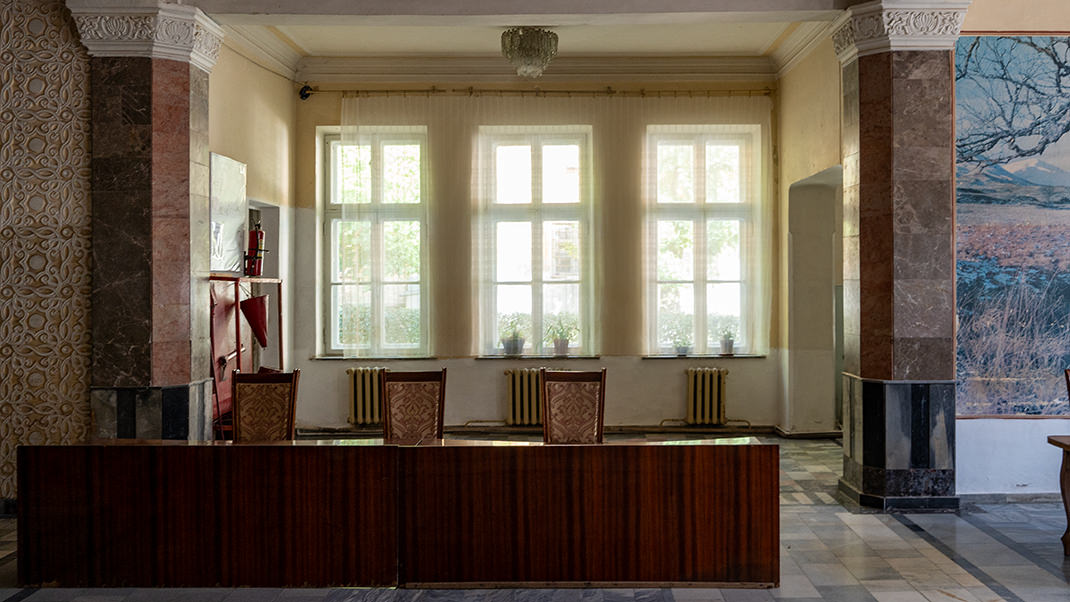
You can walk through the residential part of Yangiabad in about an hour, as there are several parallel streets with a few low-rise houses. After exploring the town, you can head east towards the mountains. Approximately 3.5 kilometers from the town is the "Yangiabad" tourist base, which offers cabins and rest areas, as well as a ski slope and a zip line. A bit further away is the "Stairway to Heaven," which, according to an information board, is the longest suspended staircase in the world, though I didn't have time to reach it.


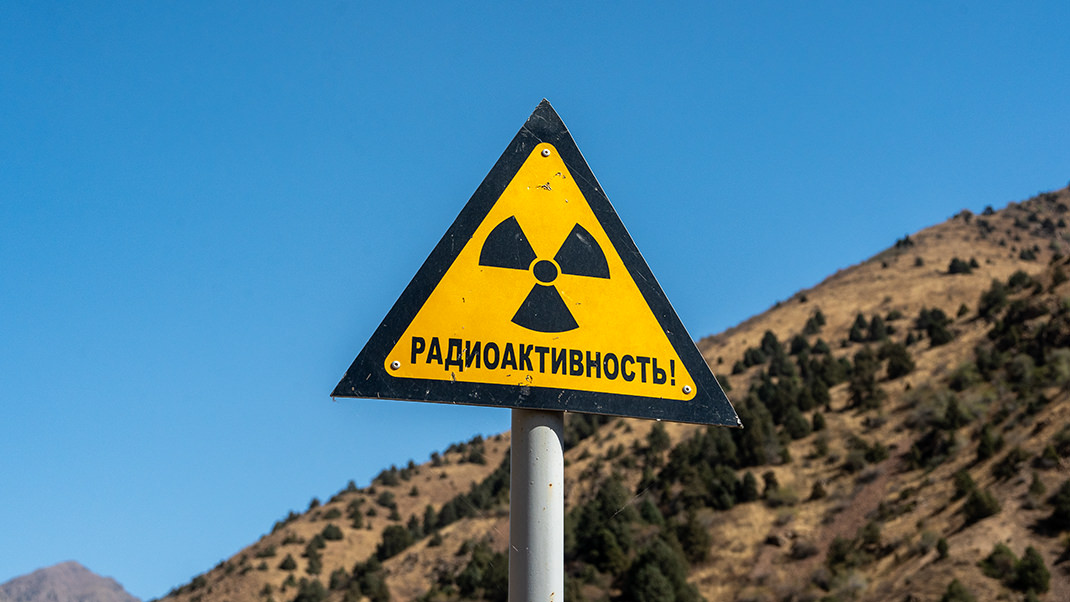
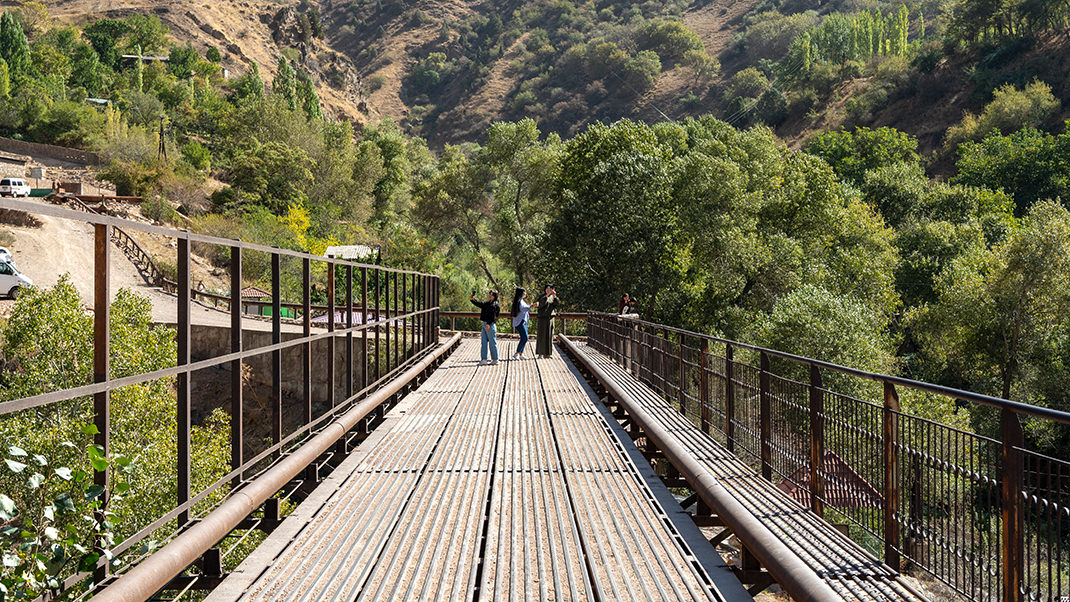
On the route from the town to the mountains, we encountered several fenced areas. Online maps indicate abandoned uranium mines here, many of which have been flooded for safety reasons.
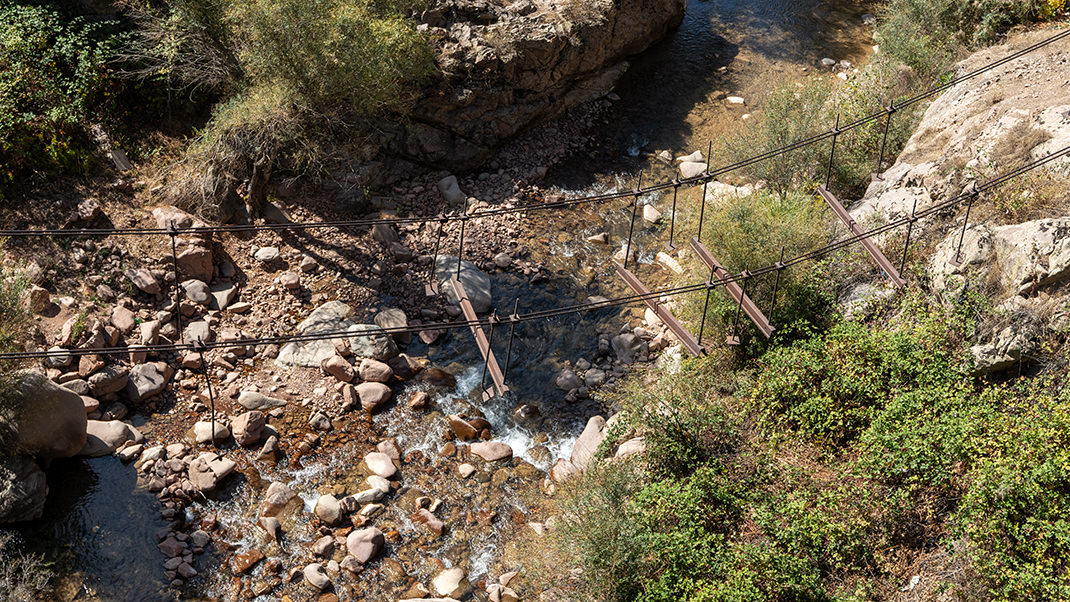
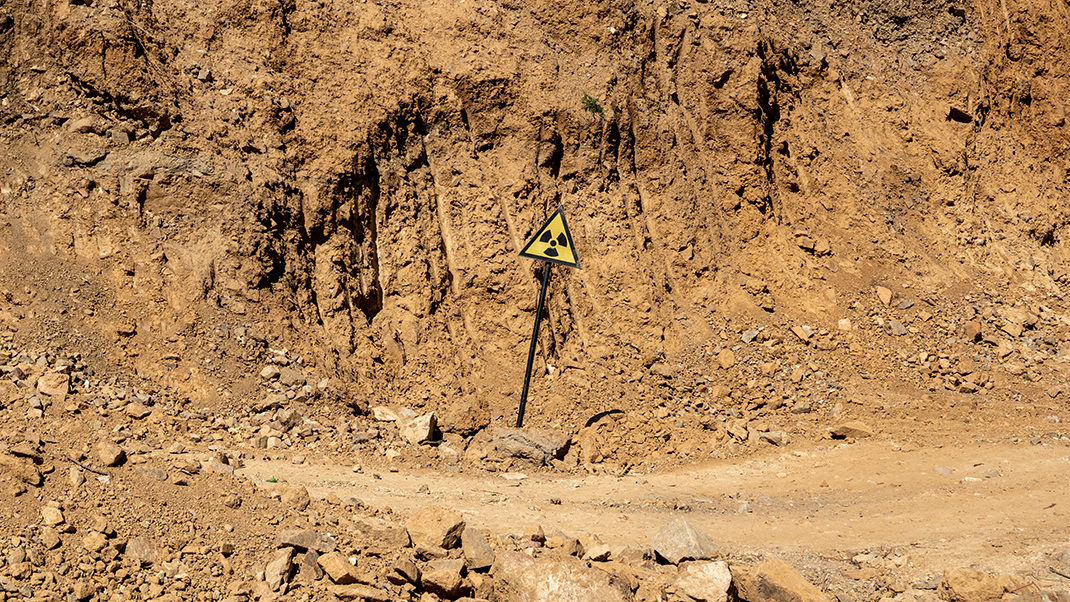
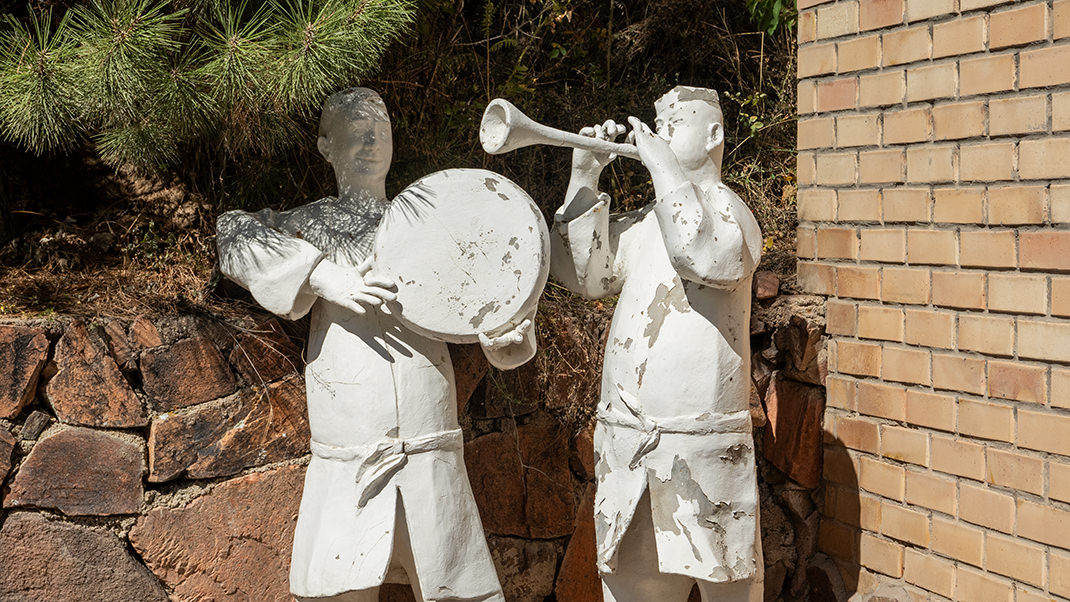
We traveled to the town from Tashkent. I heard that you can get here by two buses: first to the larger Angren and then transfer to a bus to Yangiabad. However, I couldn't find this route on online maps, so we chose a more convenient but expensive option: we ordered a transfer. The round trip with a four-hour wait cost us 900,000 Uzbek sums. The journey one way takes about two hours.
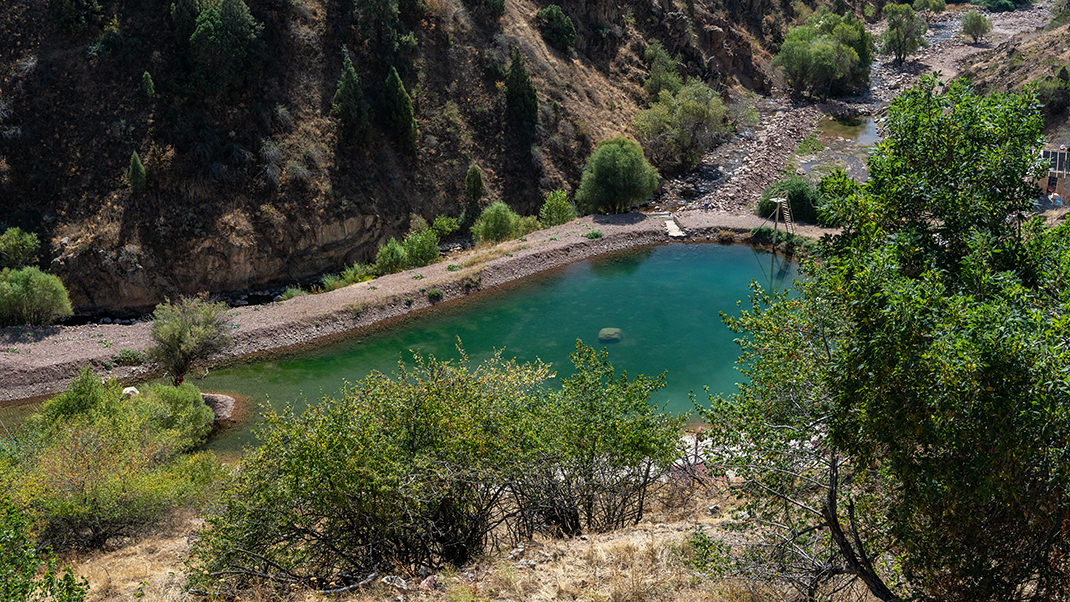
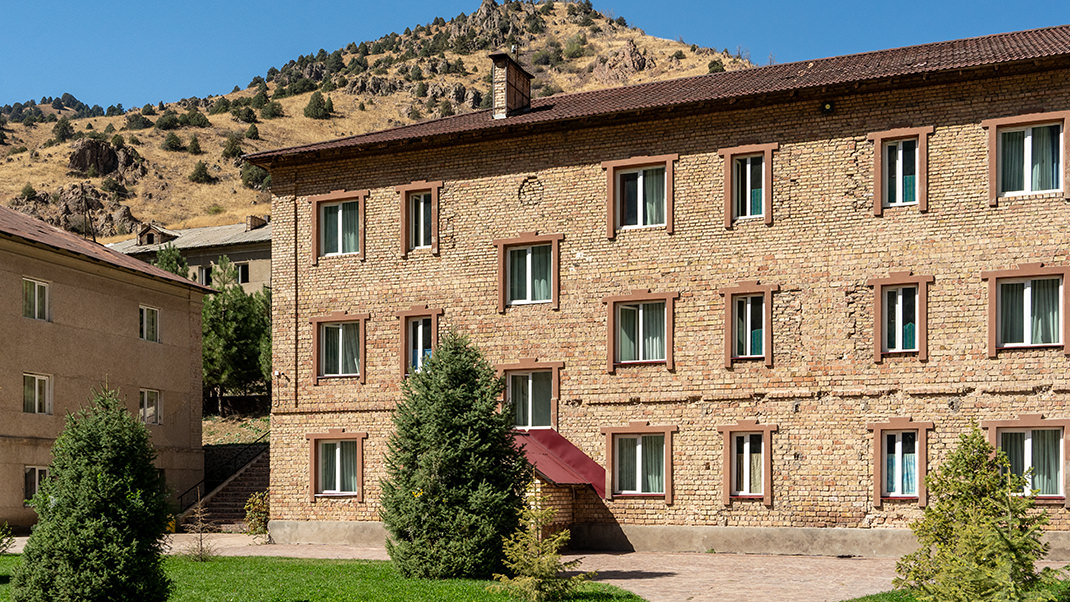
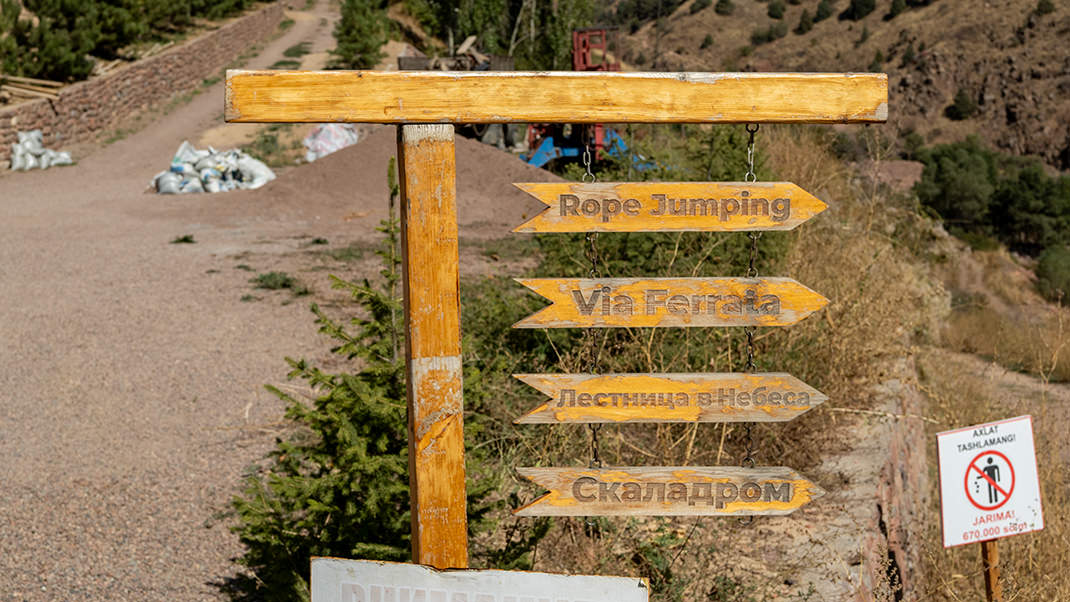
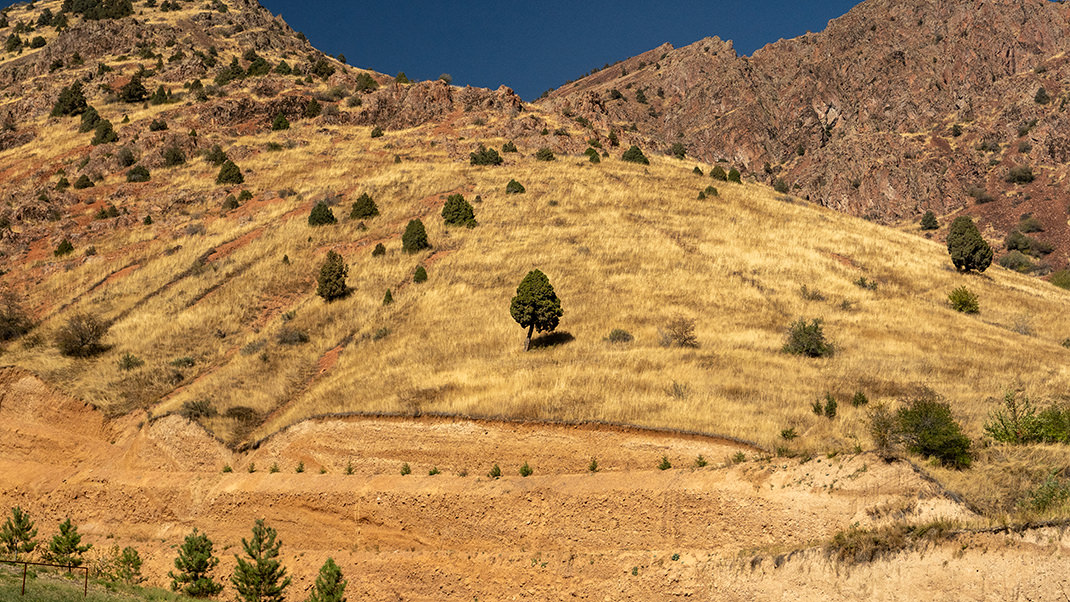
You can find more stories about trips to the mountains of Uzbekistan in my collection.
Have a nice trip!


